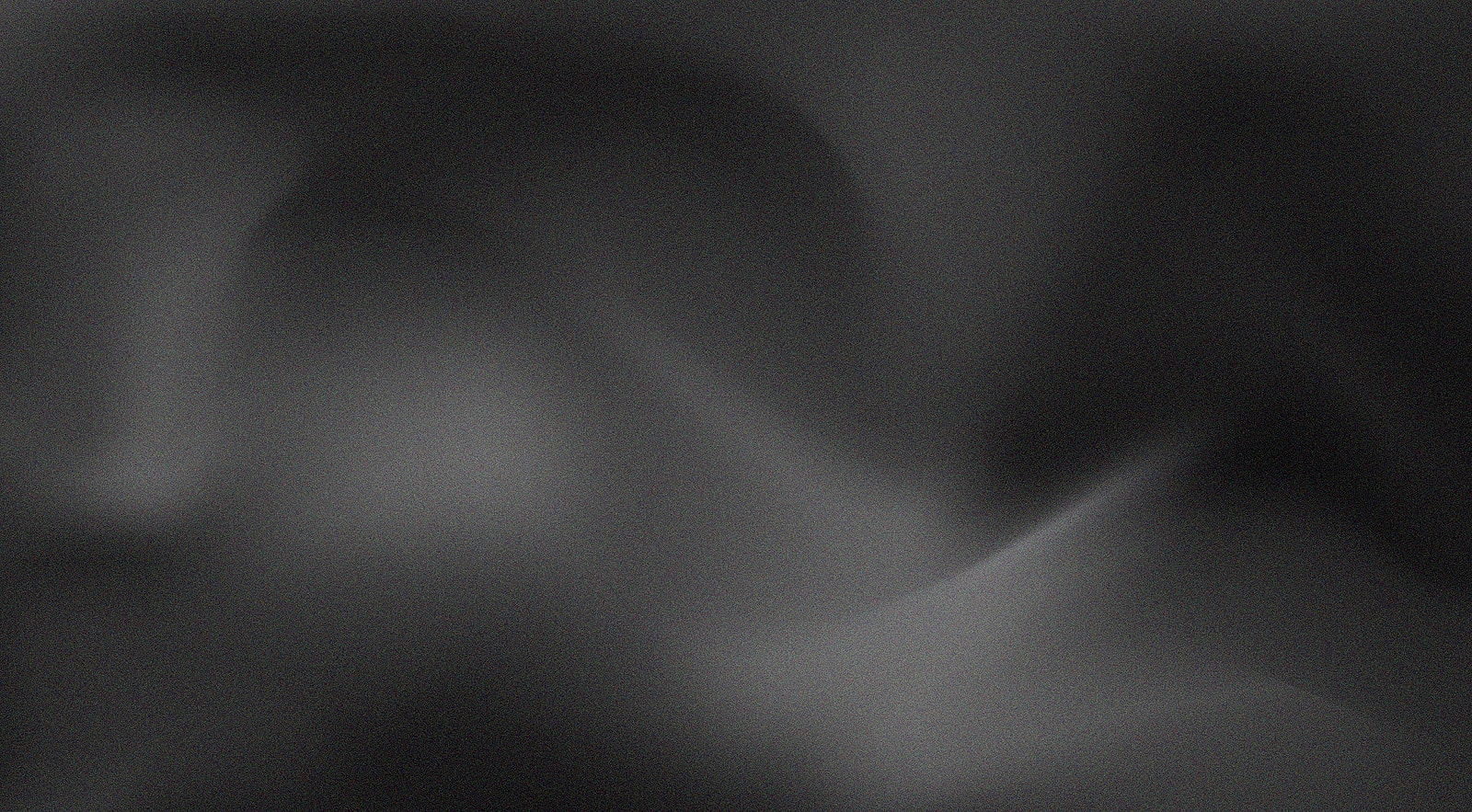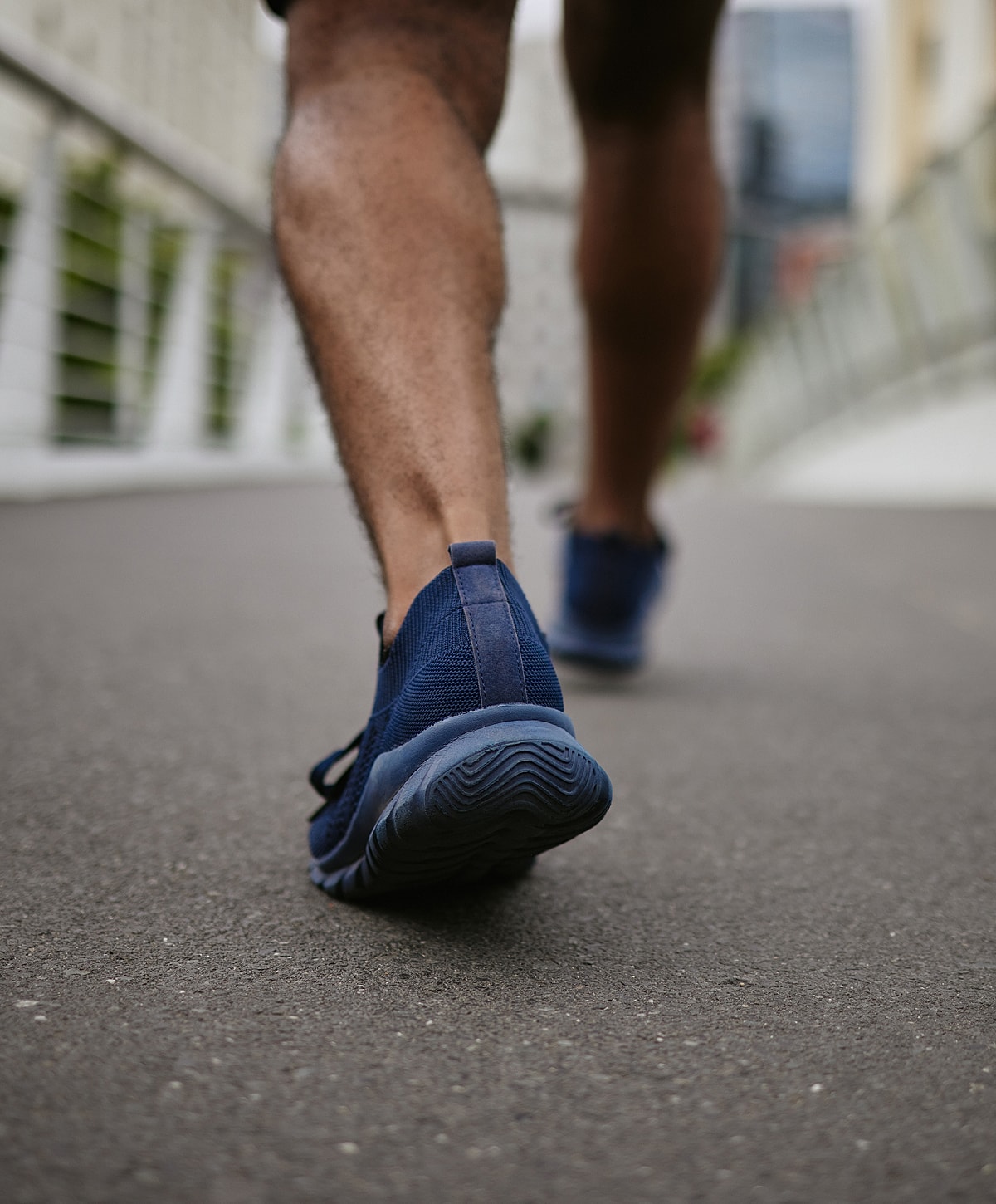
Foot Drop



Foot drop (also known as drop foot) is a condition characterized by the inability to lift the front part of the foot, causing the toes to drag while walking. This often results in a high-stepping gait, as individuals compensate by lifting the knee higher than normal to avoid tripping.
Foot drop is not a disease itself, but a sign of an underlying neurological, muscular, or anatomical problem. It may result from injury to the peroneal nerve, lumbar nerve root compression, stroke, muscular dystrophy, or other conditions that affect the nerves or muscles involved in dorsiflexion.
Treatment depends on the underlying cause and may include physical therapy, bracing, nerve stimulation, or in some cases, surgery.


Management of foot drop focuses on improving mobility, preventing complications, and addressing the underlying cause.
Treatment options include:
Step Into a Higher Standard of Foot Health x Whole-Person Care
This is more than an appointment. It’s the start of a personalized journey toward relief, clarity, and care that feels effortless. We take the frustration out of medicine—supporting our patients through every step, from managing prescriptions to providing direct access to our team without the stress.
At New Orleans Podiatry, we deliver concierge-level care that extends well beyond the clinic. Whether it's managing your appointments, clarifying your care-plan, or simply seeking advice from your doctor, your team is in your pocket daily via text.
